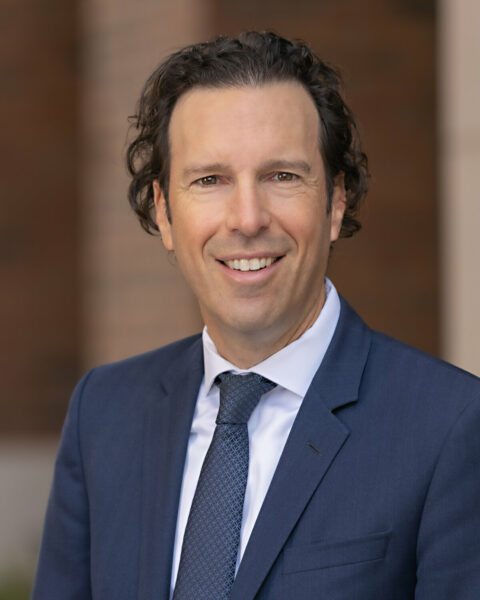By Herman K. Trabish
greentechsolar.com
If you’d like to discuss energy issues, contact Court Rich, Co-Chair of Rose Law Group’s Renewable Energy Department at crich@roselawgroup.com
 With solar prices dropping in the U.S. and around the world, John Farrell noticed that the German solar boom was not flagging despite the slow, steady reduction in its subsidy.
With solar prices dropping in the U.S. and around the world, John Farrell noticed that the German solar boom was not flagging despite the slow, steady reduction in its subsidy.
“The trajectory looked very good for solar to be something that would work, not only from a distributed energy and ownership standpoint, but it could actually be economical,” said Farrell, the Senior Researcher and Director of Democratic Energy at the Institute for Local Self-Reliance (ILSR).
Farrell is the author of two reports: Rooftop Revolution: Changing Everything with Cost-Effective Local Solar and Commercial Rooftop Revolution. He concluded that by 2022, over 38 million homes and businesses could get solar power from their own rooftops, and pay less for electricity, without any subsidies for solar. “Together, unsubsidized residential and commercial solar at price parity could provide 9 percent of total U.S. electricity by 2022.”
Another equally important result of the reports, Farrell stressed, is the forecast that “as the economic barrier shatters, other barriers to rooftop solar emerge.”
Farrell assimilated data from the rooftop revolution reports into an interactive map that traces the progress of solar grid parity across the United States.
Also: California Remains On Track To Reach Aggressive Renewable Energy Goals







